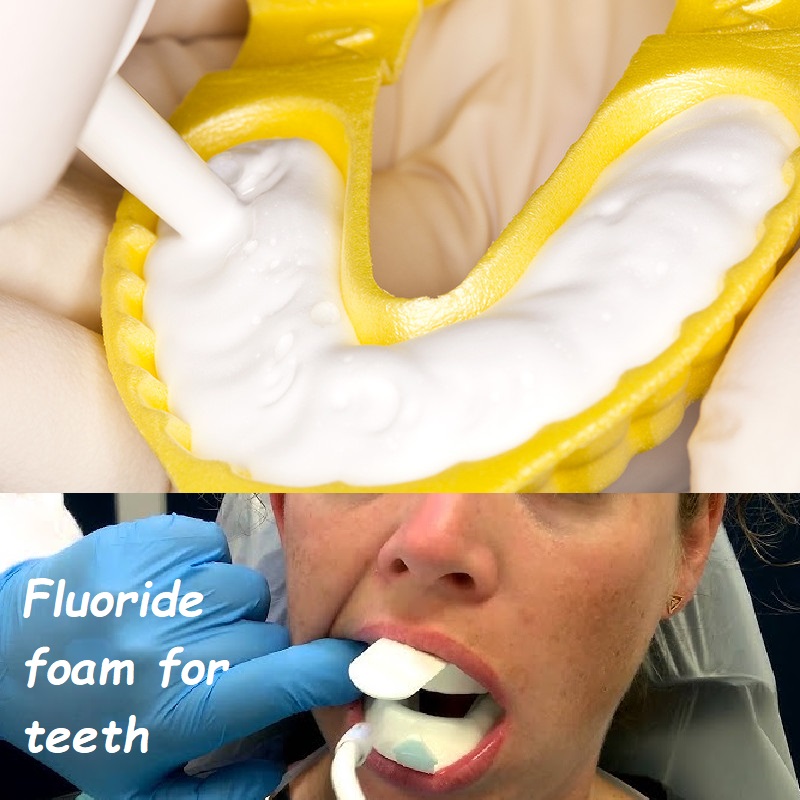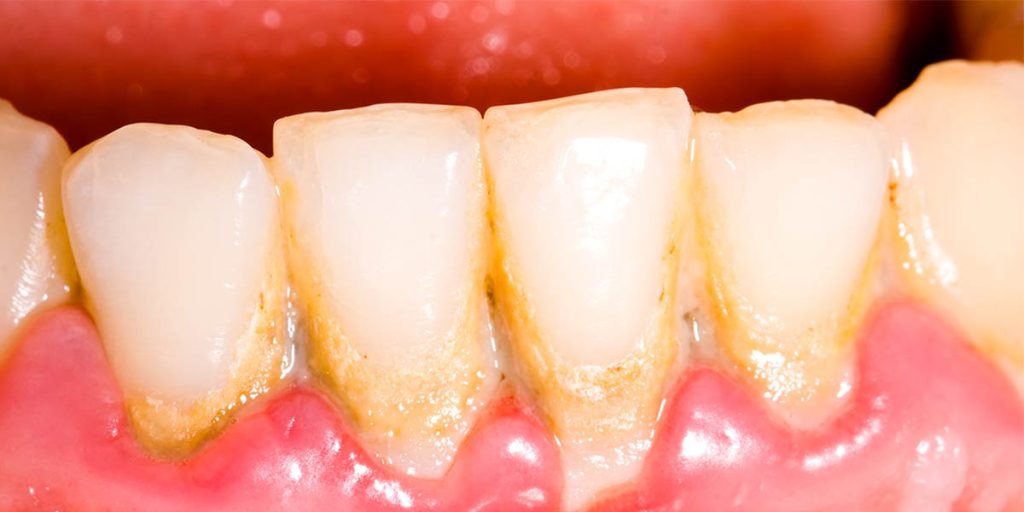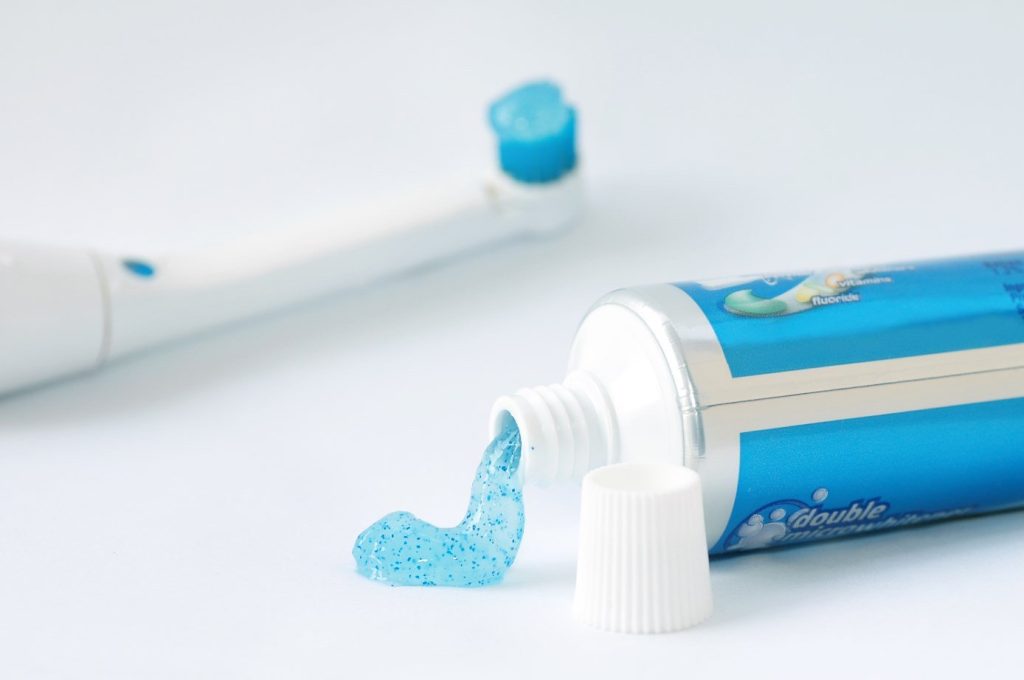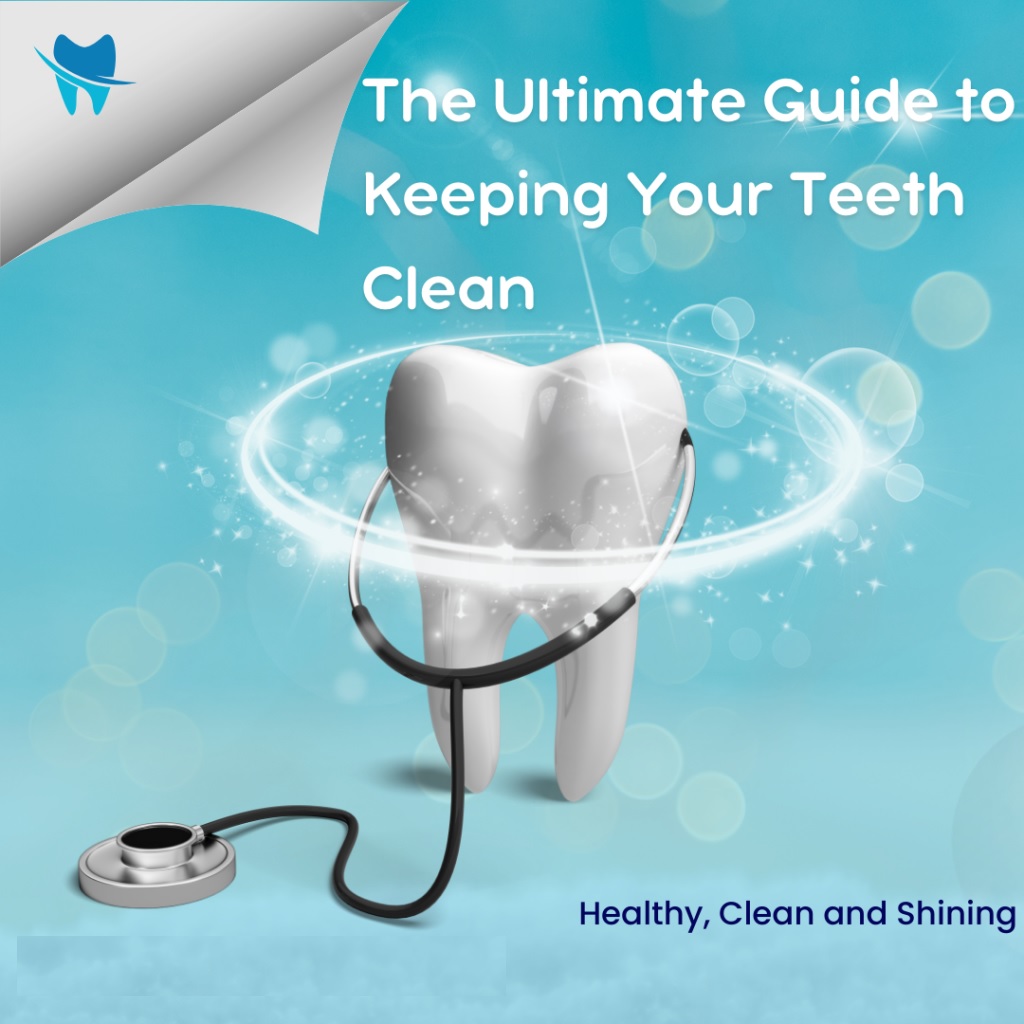Fluoride foam for teeth

Fluoride Foam for Teeth: A Comprehensive Guide to Strengthening Your Smile
Fluoride is a mineral that has long been recognized for its ability to protect and strengthen teeth, making it a key component in many dental care products and treatments. Among the various fluoride treatments available, fluoride foam has become a popular option for both preventive and restorative dental care. But what exactly is fluoride foam, how does it work, and who can benefit from it? In this comprehensive guide, we’ll explore the ins and outs of fluoride foam for teeth, including its benefits, application process, and why your dentist might recommend it.
What Is Fluoride Foam?
Fluoride foam is a topical dental treatment that delivers fluoride directly to the teeth in a lightweight, easy-to-apply foam form. This treatment is typically used in a dental office as part of a routine check-up or as a preventive measure for patients at higher risk of tooth decay. Fluoride foam is designed to be quickly and evenly distributed over the surfaces of the teeth, where it works to strengthen enamel and protect against cavities.
The foam is usually flavored to make it more pleasant for patients, and it’s often preferred for children and adults who may find it more comfortable than traditional fluoride gels or varnishes.
How Does Fluoride Foam Work?
Fluoride foam works by delivering a concentrated dose of fluoride to the teeth, which helps to remineralize the enamel and make it more resistant to decay. Here’s a closer look at how fluoride foam helps protect your teeth:
1. Remineralization
The enamel on your teeth is constantly under attack from acids produced by bacteria in the mouth. These acids can demineralize the enamel, leading to the loss of essential minerals like calcium and phosphate. Over time, this demineralization can weaken the enamel, making your teeth more susceptible to cavities.
Fluoride helps reverse this process by promoting remineralization. When fluoride comes into contact with the enamel, it attracts calcium and phosphate back to the tooth surface, strengthening the enamel and making it more resistant to acid attacks.
2. Inhibition of Bacterial Activity
Fluoride also has antibacterial properties that help inhibit the activity of harmful bacteria in the mouth. By reducing the ability of these bacteria to produce acid, fluoride helps protect the teeth from decay.
3. Formation of Fluorapatite
When fluoride is absorbed into the enamel, it can replace the hydroxyl groups in the tooth’s mineral structure to form fluorapatite, a more stable and decay-resistant compound. Fluorapatite is less soluble in acid than the natural mineral hydroxyapatite, making the teeth more resistant to future decay.
Benefits of Fluoride Foam for Teeth
Fluoride foam offers several benefits, making it a valuable tool in preventive dental care. Here are some of the key advantages:
1. Enhanced Cavity Prevention
The primary benefit of fluoride foam is its ability to prevent cavities. By strengthening the enamel and inhibiting bacterial activity, fluoride foam reduces the risk of tooth decay, especially in patients who are more prone to cavities.
2. Easy Application
Fluoride foam is easy to apply and quickly adheres to the teeth, making it a convenient option for both patients and dental professionals. The foam consistency allows it to spread evenly across the tooth surfaces, ensuring comprehensive coverage.
3. Comfort and Taste
Fluoride foam is often flavored, making it more pleasant for patients, especially children. The light, airy texture of the foam is less likely to cause discomfort or gagging compared to thicker gels or varnishes.
4. Quick Treatment Time
Fluoride foam treatments are quick and can be completed in just a few minutes during a routine dental visit. This makes it an efficient option for busy patients or for children who may have a shorter attention span.
5. Effective for High-Risk Patients
Patients who are at higher risk for cavities, such as those with dry mouth (xerostomia), orthodontic appliances, or a history of frequent decay, can benefit significantly from fluoride foam treatments. The concentrated fluoride helps provide extra protection in vulnerable areas.
Who Should Consider Fluoride Foam?
Fluoride foam can be beneficial for a wide range of patients, but it is particularly recommended for those who are at an increased risk of tooth decay. Here are some situations where fluoride foam might be recommended:
1. Children and Adolescents
Children and adolescents are often more prone to cavities as their teeth are still developing, and their oral hygiene habits may not be fully established. Fluoride foam can help protect their teeth during this critical period, reducing the risk of decay and promoting healthy dental development.
2. Patients with Orthodontic Appliances
Braces and other orthodontic appliances can make it more difficult to clean teeth thoroughly, leading to an increased risk of cavities. Fluoride foam can help provide an extra layer of protection for patients with braces by targeting areas that are harder to reach with regular brushing and flossing.
3. Adults with a History of Cavities
Adults who have a history of frequent cavities or who are prone to decay can benefit from regular fluoride foam treatments. The added fluoride helps strengthen their enamel and reduce the likelihood of future cavities.
4. Patients with Dry Mouth
Dry mouth, or xerostomia, is a condition where the mouth produces less saliva, leading to an increased risk of tooth decay. Saliva plays a crucial role in washing away food particles and neutralizing acids in the mouth. Fluoride foam can help compensate for the lack of saliva by providing additional protection against decay.
5. Patients with Exposed Root Surfaces
Gum recession can expose the roots of the teeth, which are more susceptible to decay because they are not covered by enamel. Fluoride foam can help protect these exposed root surfaces from decay and sensitivity.
The Fluoride Foam Application Process
Fluoride foam application is a simple and quick process that can be performed during a routine dental visit. Here’s what you can expect during the procedure:
1. Teeth Cleaning
Before applying fluoride foam, your dentist or dental hygienist will thoroughly clean your teeth to remove any plaque or debris. This ensures that the fluoride can be effectively absorbed by the enamel.
2. Foam Application
The fluoride foam is typically dispensed into a special tray that is designed to fit over your teeth. The tray is then placed in your mouth, covering both the upper and lower teeth. You’ll be asked to bite down gently to ensure that the foam makes contact with all tooth surfaces.
In some cases, the fluoride foam may be applied directly to the teeth using a brush or swab, especially if only certain areas need treatment.
3. Treatment Time
The fluoride foam is usually left on the teeth for a few minutes, allowing the fluoride to be absorbed into the enamel. During this time, you’ll be asked to keep the tray in place and avoid swallowing the foam.
4. Rinsing
After the treatment time is complete, the tray is removed, and any excess foam is suctioned out of your mouth. You may be asked to spit out any remaining foam, but it’s generally recommended that you avoid rinsing your mouth for at least 30 minutes after the treatment to allow the fluoride to continue working.
How Often Should You Get Fluoride Foam Treatments?
The frequency of fluoride foam treatments will depend on your individual risk of tooth decay and your dentist’s recommendations. For most patients, a fluoride treatment every six months during routine dental check-ups is sufficient. However, patients at higher risk of cavities may benefit from more frequent treatments, such as every three to four months.
Your dentist will assess your oral health and risk factors to determine the best fluoride treatment schedule for you.
Potential Risks and Considerations
Fluoride foam is generally safe and well-tolerated, but there are a few considerations to keep in mind:
1. Fluoride Sensitivity
Some patients may experience temporary sensitivity after a fluoride foam treatment, especially if they already have sensitive teeth. This sensitivity is usually mild and short-lived. If you have concerns about sensitivity, discuss them with your dentist before the treatment.
2. Fluoride Overexposure
While fluoride is beneficial in preventing cavities, excessive fluoride exposure can lead to a condition called fluorosis, which causes white spots or streaks on the teeth. This is more of a concern for children, especially those under the age of six, who may ingest too much fluoride. Your dentist will carefully monitor fluoride exposure to prevent overuse.
3. Temporary Taste Alteration
Some patients may notice a temporary alteration in taste after a fluoride foam treatment due to the flavoring agents in the foam. This effect is usually short-lived and should resolve within a few hours.
Common Myths About Fluoride Foam for Teeth
There are several misconceptions about fluoride foam and its use in dental care that should be addressed:
1. Myth: Fluoride Foam Is Only for Children
While fluoride treatments are commonly associated with pediatric dentistry, fluoride foam is beneficial for adults as well. It’s especially useful for adults with a history of cavities, gum recession, or other risk factors for tooth decay.
2. Myth: Fluoride Foam Is Uncomfortable or Painful
Fluoride foam is designed to be comfortable and easy to tolerate. The foam is lightweight and quickly adheres to the teeth, making the treatment process simple and pain-free.
3. Myth: Fluoride Foam Replaces the Need for Good Oral Hygiene
Fluoride foam is a supplementary treatment that helps protect your teeth from decay, but it does not replace the need for good oral hygiene practices. Regular brushing, flossing, and dental check-ups are essential for maintaining a healthy smile.
Conclusion
Fluoride foam is a valuable tool in preventive dental care, offering an effective way to strengthen enamel, prevent cavities, and protect your smile. Whether you’re a child, adult, or someone with specific dental needs, fluoride foam can provide the added protection your teeth need to stay healthy and strong.
If you’re interested in fluoride foam treatments or want to know if they’re right for you, talk to your dentist during your next check-up. They can assess your risk factors for tooth decay and recommend the best fluoride treatment plan for your needs.
By incorporating fluoride foam into your dental care routine, you can enjoy the benefits of stronger, more resilient teeth and reduce the risk of cavities, helping you maintain a bright and healthy smile for years to come.









